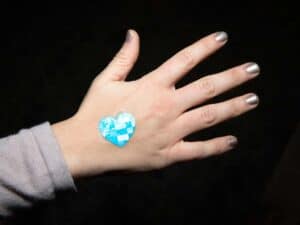There’s a secret to developing successful Wearables – make it a solution and not a technology product. L’Oréal introduced its remarkable My UV Patch at the Consumer Electronic Show in January. It’s thinner than plastic, lasts five days and monitors your UV exposure. Wearable tech that solves a problem (we can’t easily check UV exposure just by looking) will quickly become part of our lives.
L’Oréal’s my UV Patch
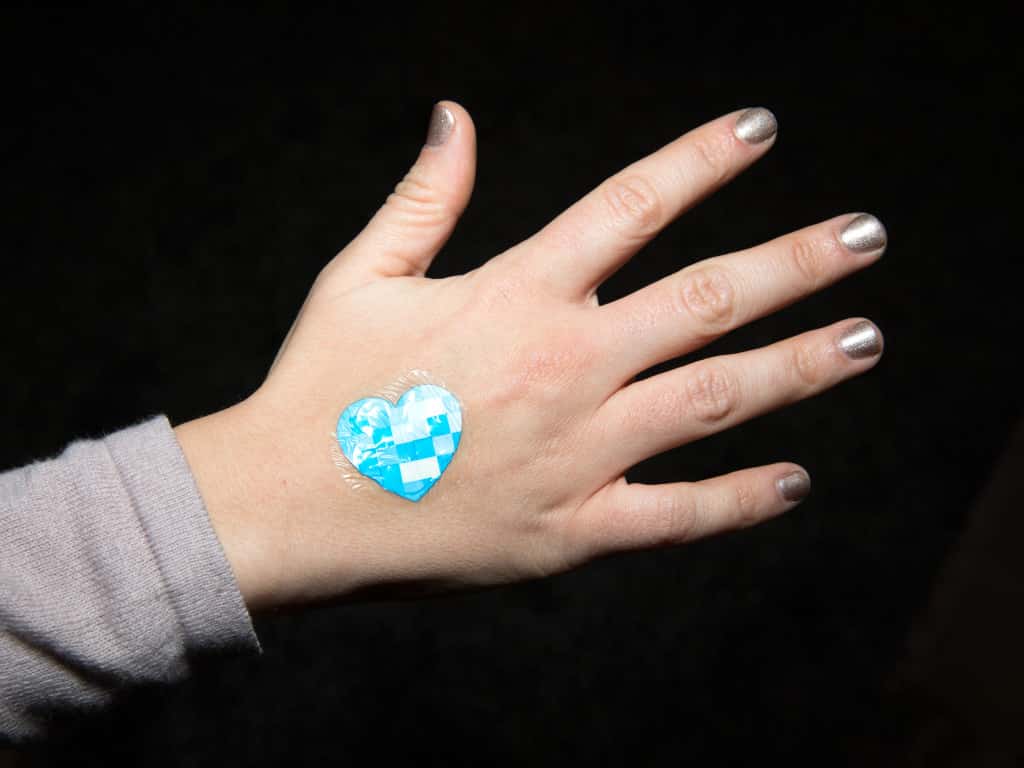
L’Oréal’s digital tattoo is an “electronic wearable” that works with your phone and takes note of your skin color and type. Here’s Fast Company’s description of the device:
All that happens inside a patch that is about 50 microns thick (around half the width of a human hair). There are five layers, starting with the adhesive strip that sticks to your skin. The next layer includes an NFC coil, as well as the microchip that sends a signal to your phone to open the app. The next couple of layers contain the dyes that change color and pattern showing, even without a phone, that the patch is working. And finally a substrate that seals the whole package into a heart shape and prevents rusting of the metals inside.
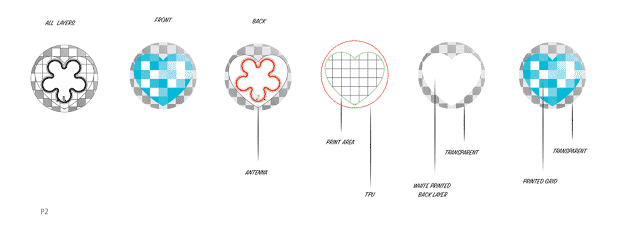 Basically, you sticking a near field communication device onto your skin. The potential market here is huge – there’s a $115 billion dollar skin care market just waiting to tap into a $223 billion dollar consumer electronics market. But it’s not about technology or wearables – it’s about solutions.
Basically, you sticking a near field communication device onto your skin. The potential market here is huge – there’s a $115 billion dollar skin care market just waiting to tap into a $223 billion dollar consumer electronics market. But it’s not about technology or wearables – it’s about solutions.
Guive Balooch, global vice president of L’Oréal Technology Incubator says:
We want to build a series of products in coming years that are the link between technology and beauty . . . That’s not only around just wearables. It’s around personalizing, customizing cosmetics.
Successful Wearables
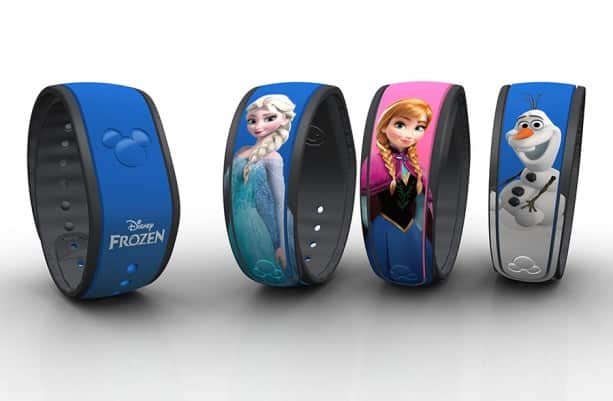
Other successful wearables that takes the same approach include Disney’s Magic Band. Like L’Oréal’s My UV Patch, you never look the Magic Band as an electronics device. It’s just a means of making your theme park experience more enjoyable. Yet the reality is that the Magic Band is a sophisticated tracking device, far more invasive of your privacy than Google Glass ever was. But you’ll never know – or really care what it does. Just as long as it removes the frustrating elements from your vacation time.
Indeed, Disney’s wearable is so good at concealing itself you can even customize it with your favorite Disney characters. What’s not to like unless you slice open the Magic Band and pull out the electronics? And more, start looking at the themepark as a minefield of digital sensors tracking your every move. But trust me, you won’t.
L’Oréal My UV Patch is not yet on the market, though it will be later this year. And it will be free. Remember, you’re selling a product not the wearable. They may be the first to bring about wide acceptance of body sensors.
[If] can get mainstream women and kids used to wearing a near field communication device on their skin, it will represent a huge step in the mainstreaming of body sensors.
It’s a fascinating development, with potential applications for other wearables in the work space and in education. And you can imagine the implications for privacy and our sense of personal space.
I may soon know more about you from looking at my phone than ever looking you in the eye. And if that scares you, just remember that Google cracked open this door long ago. And social media turned it into a superhighway of data. Near field communications and wearables may just complete the journey.
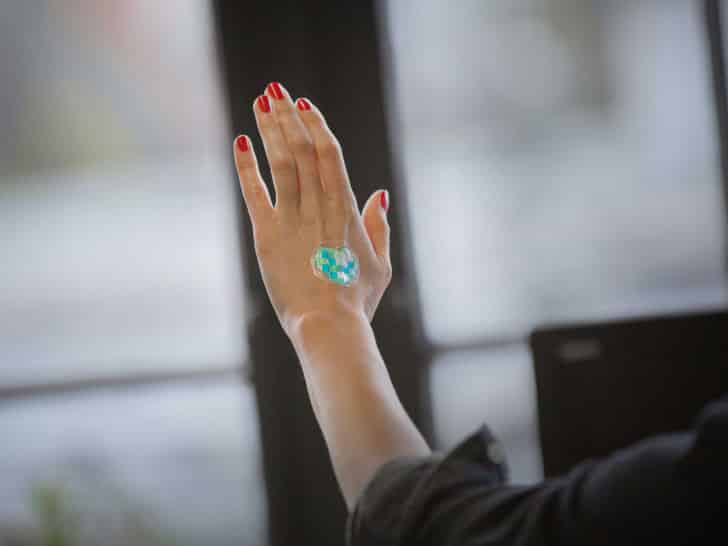
Emory Craig is a writer, speaker, and consultant specializing in virtual reality (VR) and generative AI. With a rich background in art, new media, and higher education, he is a sought-after speaker at international conferences. Emory shares unique insights on innovation and collaborates with universities, nonprofits, businesses, and international organizations to develop transformative initiatives in XR, GenAI, and digital ethics. Passionate about harnessing the potential of cutting-edge technologies, he explores the ethical ramifications of blending the real with the virtual, sparking meaningful conversations about the future of human experience in an increasingly interconnected world.

